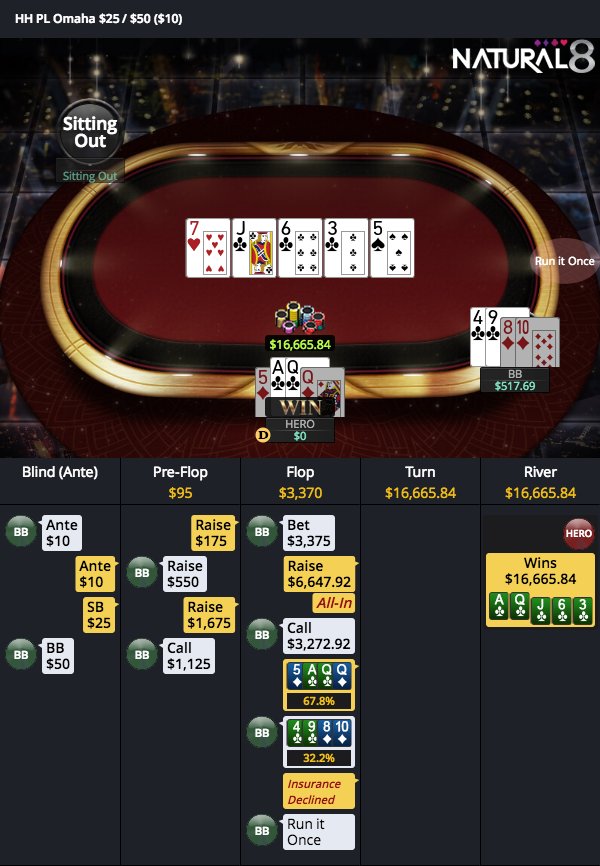Nut Flush In Poker
One very risky cash game move that you’ll see experienced poker players make involves shoving on the flop with a flush draw. The obvious goal here is to force a fold because your flush is only going to connect 35% of the time (from the flop). This being said, it’s definitely worth further examining why somebody would shove in these situations.

It takes strategy and psychology to decide how to play those odds. Your instinct here will be to call, and hope to hit. That’s a reasonable strategy, and the more people who are in the hand, the better it is. You will likely take all their money if you hit your nut flush – thus being paid several times your investment. Nut is an adjective in poker (derived from the term nuts) used to describe hands, and means 'the best possible' of the hand being described. For example, an ace-high flush is often called the nut flush. In Hold 'em and Omaha, it is often also used to describe the best possible of the hands which could be made by a player given the current board. An ace-high straight flush, commonly known as a royal flush, is the best possible hand in many variants of poker. In poker, players form sets of five playing cards, called hands, according to the rules of the game. Each hand has a rank, which is compared against the ranks of other hands participating in the showdown to decide who wins the pot.
Fold Equity
- It’s a sad sight when a player checks their flopped nut flush three times, and then has to awkwardly table their monster of a poker hand when their opponent checks back the river. Slow-playing too often is a mistake common among players who are afraid of chasing their opponents out of the pot when they have strong poker hands.
- Nut flushunknown. Having the best flush possible in poker. Often misunderstood as an ace high flush. In some games of poker, like omaha or hold'em, there will be the possibility of a straight flush and an ace high flush would be beat. When this happens, an ace high flush (unless it is the royal flush) is NOT the best hand, thus, it IS NOT the nut flush.
The main reason for shoving with a flush draw is that you’re looking for fold equity – a.k.a. what percentage of the time you think an opponent will fold. For example, if you go all-in with Ks-Qs on a flop of Jh-8s-4s and think your opponent will fold 75% of the time, this is probably a +EV move (based on pot sizes). So the tighter your opponent is, the more likely you are to gain fold equity from shoving with flush draws.
Other Outs

Many people fail to account for all of their outs when deciding whether or not to shove. For example, let’s say that you hold Ad-Kd on a flop of Td-6d-2h; assuming your opponent calls and shows Q-Q, you actually have a 54.44% chance to win the hand. You’ve got 9 outs with the flush and another eight outs with your two overcards. Combine this with good fold equity and shoving on the flop is definitely a +EV move.
Multiple Players
Nut Flush In Poker
So far we’ve discussed how shoving with a flush draw on the flop can be a very good move in certain situations – against one player that is. However, if you have a feeling that two or more players could call you, it’s rarely ever a good decision to shove with flush draws. In most cases, you won’t run into this problem. However, if you’re on a table full of calling stations, you could very well be looking at a -EV situation.
What Is A Straight Flush
One more point worth making in all of this is that you should usually be chasing a nut flush (or at least king-high) when shoving. After all, you’d hate to push your chips in with Qd-Jd, only to be called with Ad-Kd.